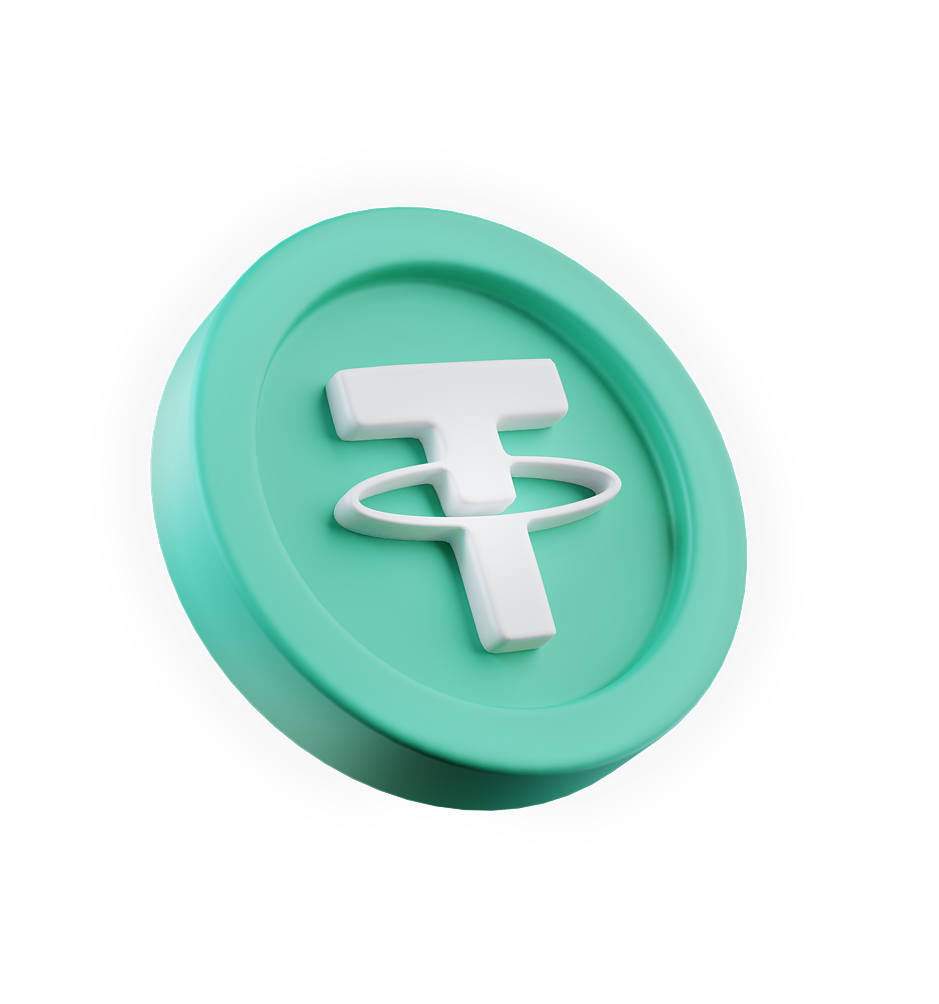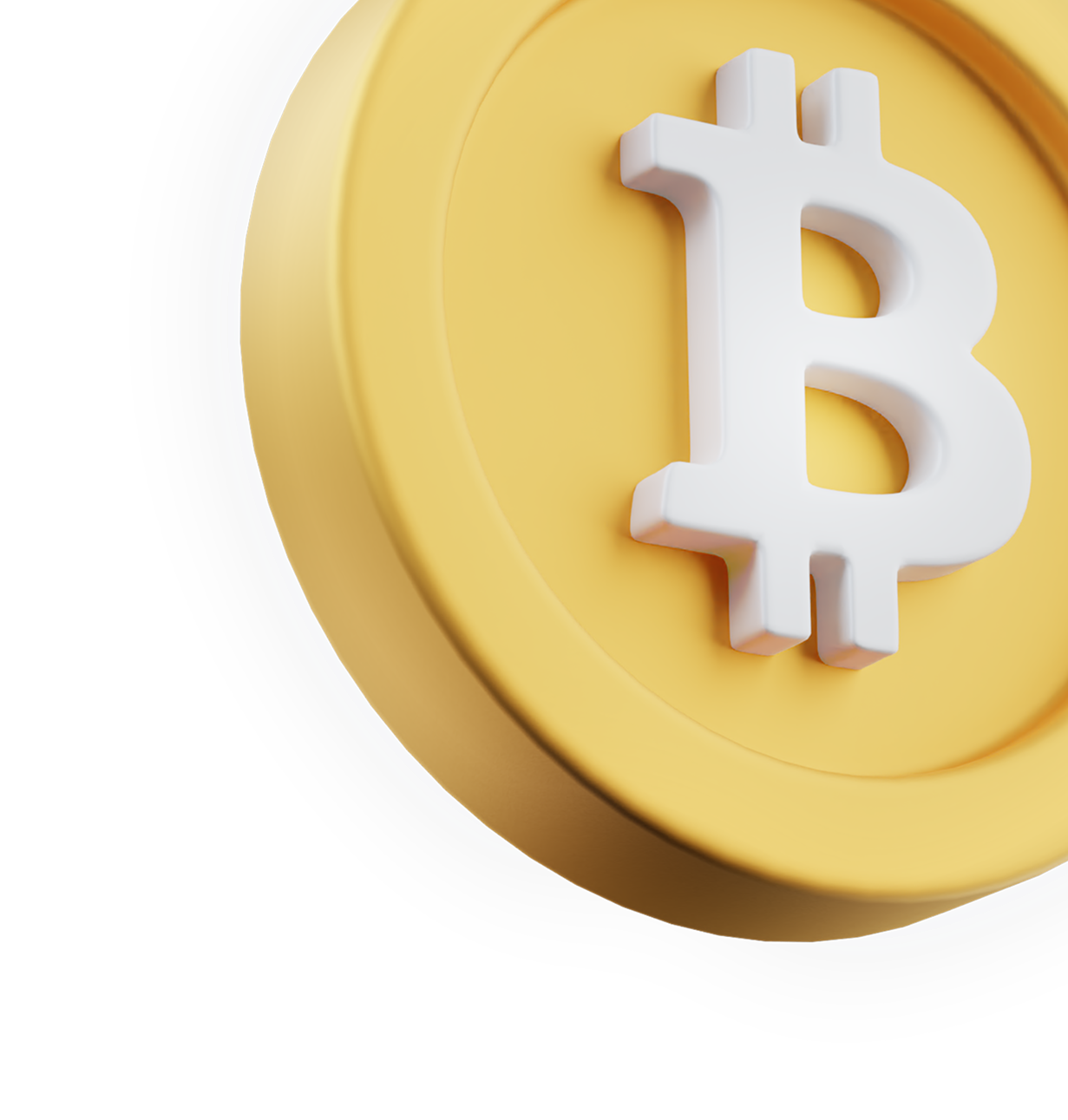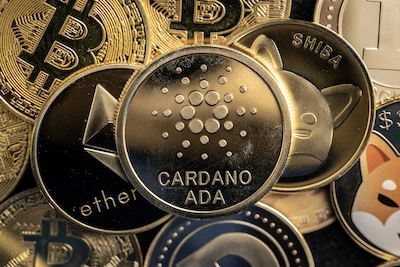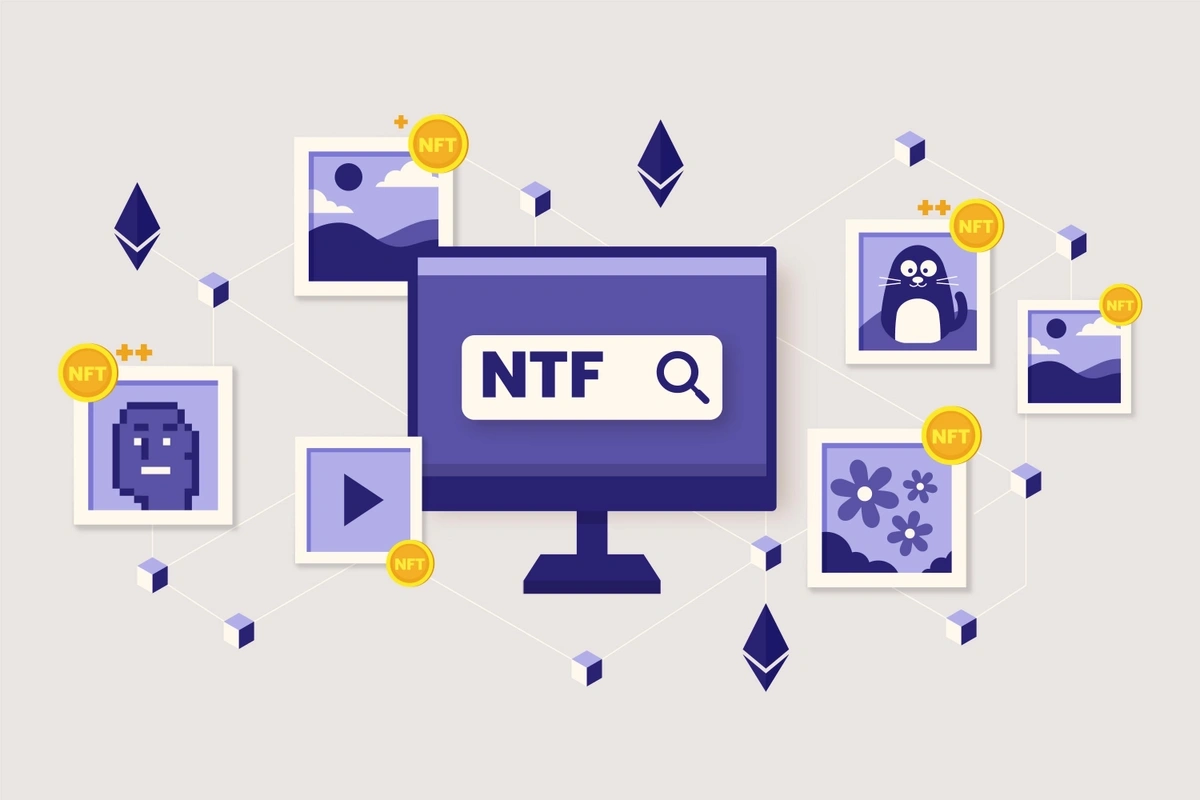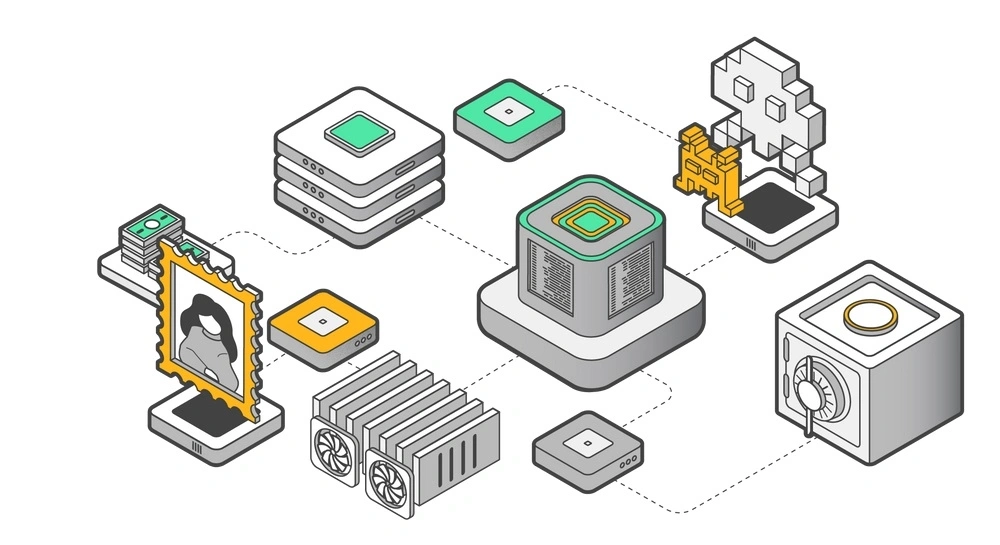Blockchain technology continues to revolutionize various sectors of our economy, and the rise of various blockchain platforms like Cardano and Polkadot is evidence of that. While both offer glimpses into the future of decentralized applications and financial systems, there are key distinctions worth considering. In this blog post, we’ll delve into both platforms, exploring their high points, low points, similarities, differences, and what the future holds for both. By the end, you should have a clear understanding of whether Cardano vs. Polkadot is better suited for your investment strategy.
Get to Know Polkadot in 2023
Polkadot has undoubtedly established itself as a unique and powerful platform in the crypto world. Designed by Ethereum co-founder Dr. Gavin Wood, Polkadot's main selling point is its interoperability: the ability to connect different blockchains, thus allowing value and data transfer across them.
High Points
Interoperability
Polkadot’s “layer 0” blockchain approach ensures a seamless connection between different blockchains. This makes it an attractive solution for projects that wish to tap into multiple blockchain ecosystems.
Scalability
Polkadot is designed to handle multiple transactions, making it highly scalable and suitable for large-scale applications.
Low Points
Price Volatility
Like many cryptocurrencies, Polkadot experienced significant price swings, reaching a peak of $55 in November 2022 but falling to lows of $4.
At the time of writing in August 2023, Polkadot's price is $4.41, -42.61% compared with last year.
Late Market Entry
The DOT token was only launched in 2020, a delay that saw it missing out on early market dynamics.
The Role of Community in Polkadot Development
Polkadot’s governance mechanism involves its community directly in the decision-making process. DOT holders can propose changes or vote on proposed modifications to the network. This inclusivity ensures that Polkadot's evolution is in line with the needs and desires of its user base.
Staking and Delegation in Polkadot
In the Polkadot ecosystem, DOT holders can become nominators. Nominators back up to 16 validators with their DOT, aiding in the selection of the set of validators and earning rewards for their staked DOT.
Innovative Solutions in Polkadot
One of the standout features of Polkadot is its shared security model. Parachains that connect to Polkadot tap into its security, eliminating the need for individual chains to bootstrap their own security, thus saving resources and establishing robust security.
Get to Know Cardano in 2023
Cardano, on the other hand, has its roots deeply set as a third-generation cryptocurrency. Developed by another Ethereum co-founder, Charles Hoskinson, Cardano presents itself as a solution to Ethereum's challenges.
High Points
Flexible Platform
Cardano was developed to be a flexible, sustainable, and scalable blockchain platform suitable for various decentralized applications.
Strong Backing
Thanks to Charles Hoskinson's reputation, Cardano gained rapid traction, earning the moniker "ETH killer."
Continuous Improvements
The September 2022 Vasil upgrade improved Cardano’s scalability and reduced transaction fees.
Low Points
Price Dips
The coin saw a 91% decrease from its all-time high, a more significant drop compared to Ethereum.
At the time of writing, Cardano is priced at $0.2657, -42.95% from this time last year. It’s worth noting that, when comparing Cardano vs. Polka dot YoY changes, both saw remarkably similar declines.
SEC Allegations
Cardano's recent challenge in the United States has been its labeling by the SEC as a security, leading to a significant price drop.
The Role of Community in Cardano Development
Cardano has always had a strong emphasis on community engagement. Its proposal system, Project Catalyst, empowers community members to submit project ideas and get funding for them. As of 2023, Project Catalyst has funded over a hundred projects, bringing everything from decentralized finance (DeFi) applications to educational tools on the Cardano blockchain. This communal involvement helps foster a sense of ownership among ADA holders.
Staking and Delegation in Cardano
In Cardano, ADA holders can delegate their ADA to stake pools. These pools then use the combined stake to validate transactions, and in return, delegators earn rewards. This provides a passive income opportunity while bolstering the network's security.
Innovative Solutions in Cardano
With the launch of the Alonzo upgrade in September 2021, Cardano introduced smart contracts to its platform. This opened the gates for decentralized applications and platforms to be built atop Cardano, broadening its use cases substantially.
Shared Similarities: Cardano vs. Polkadot
- Both platforms are spearheaded by Ethereum co-founders.
- Both platforms aim to address Ethereum's issues of scalability and interoperability.
- Both have their native tokens, ADA for Cardano and DOT for Polkadot.
- They are both decentralized platforms aiming to support the development of decentralized applications.
- Cardano and Polkadot have similar crypto transaction speeds. They can process 1000 transactions per second. However, Polkadot is working to drastically increase this, even up to 1,000,000 TPS.
Key Differences: Polkadot vs. Cardano
Governance Model
Cardano: Cardano implements a community-driven approach with tools like Project Catalyst, allowing ADA holders to submit, discuss, and vote on proposals that can shape the ecosystem.
Polkadot: Polkadot also uses a community-driven governance model, but with a different system. DOT holders can propose changes, and a council can fast-track or delay proposals. Their adaptive quorum biasing system verifies that impactful decisions require more consensus.
Consensus Mechanism
Cardano: Uses the Ouroboros proof-of-stake (PoS) consensus algorithm, which is energy-efficient and offers robust security features.
Polkadot: Uses a nominated proof-of-stake (NPoS) mechanism, allowing DOT holders to nominate validators.
Smart Contract Capabilities
Cardano: Smart contracts on Cardano are created using the Plutus platform, which uses Haskell-based scripting language.
Polkadot: Polkadot allows for parachains (individual blockchains) to have their own unique smart contract languages and platforms, such as Edgeware and Moonbeam, which cater to Solidity developers from the Ethereum community.
Interoperability Mechanism
Cardano: Cardano focuses on "bridges" to link with other blockchains. It’s more about collaboration and enabling cross-chain transfers.
Polkadot: Uses its relay chain and parachains model. Parachains connect to the main Polkadot relay chain, which handles consensus and ensures security for all connected chains.
Token Utility
Cardano: ADA, beyond being a cryptocurrency, is used for staking, voting on proposals, and smart contract execution.
Polkadot: DOT has multiple utilities, including governance, staking, and bonding. For instance, to add a parachain, projects must bond DOT tokens.
Ecosystem Development
Cardano: Cardano has a multi-phase rollout plan (Byron, Shelley, Goguen, Basho, and Voltaire) that guides its development, each focusing on different features and capabilities.
Polkadot: Polkadot focuses on enabling a wide range of parachains, each with unique features, to connect and interoperate with one another.
As of 2023, What Do They Intend for the Future?
Cardano intends to integrate more with the crypto ecosystem. The development of bridges, cross-chain swap protocols, and side chains to port Ethereum dApps to Cardano is anticipated. On the other hand, Polkadot will likely continue its focus on parachains and enhancing its interoperability features.
Polkadot vs. Cardano: Is One Better Than the Other?
When summarizing Polkadot vs. Caradno, the answer better boils down to individual perspectives and use cases. Some may favor Cardano’s robust platform for decentralized applications, while others might lean toward Polkadot’s interoperability features. However, one thing to emphasize is that the current dynamics might not always hold.
There’s Room for Both Polkadot and Cardano in Your Wallet
Diversifying your crypto portfolio is crucial, as it helps spread risks. Both ADA and DOT offer a balanced portfolio, tapping into each platform's unique offerings. For a deeper dive into diversifying your portfolio, check out How to Diversify Your Crypto Portfolio With 2023 Allocation Examples.
Benefits of Diversification
- Risk Reduction: Spreading investments reduces potential losses if one asset underperforms.
- Higher Returns: With a balanced portfolio, you can tap into high returns from different assets.
- Flexibility: Diversification allows investors to adjust their portfolio based on market conditions.
Summarizing Polka Dot va. Cardano
In conclusion, both Cardano and Polkadot have their strengths and challenges. As the world of cryptocurrency continues to evolve, it’s essential to stay informed and make decisions based on thorough research. Whether you lean toward Cardano, Polkadot, or both, remember that the crypto landscape is dynamic, and what holds true today may change tomorrow.
If you’re in the mood for comparing cryptocurrencies and blockchain networks, take a look at Solana vs. Avalanche and Ripple vs. Stellar.

